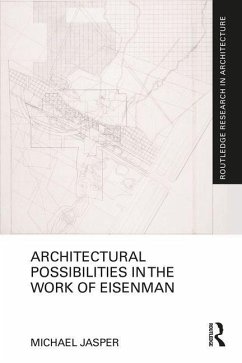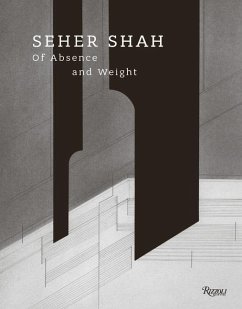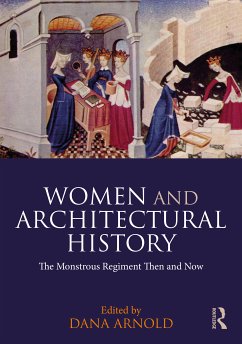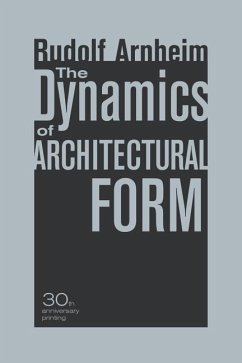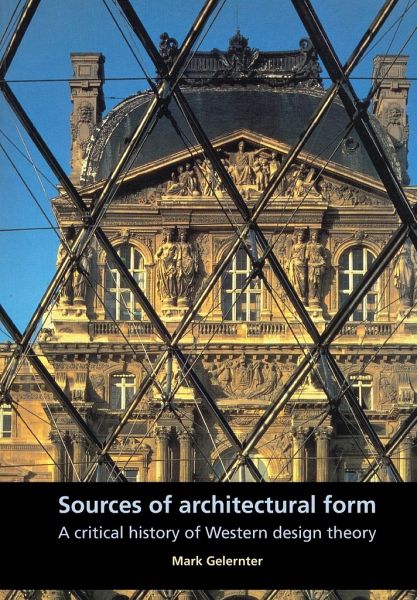
Sources of architectural form
A critical history of western design theory
Versandkostenfrei!
Versandfertig in 1-2 Wochen
36,99 €
inkl. MwSt.

PAYBACK Punkte
18 °P sammeln!
"Sources of Architectural Form" provides a critical history of Western architecture theory from the ancient world to the present day. It focuses on design theory's central question: how does the architect generate architectural form? Theorists necessarily tackle this fundamental question in order to explain a number of puzzling issues including the origins of style, the persistence of tradition and the role of genius. This book describes the major design theories in eight chronological periods, conveying their flavour with contemporary quotations. Each theory is analysed for its strengths and weaknesses. Gelernter identifies an important relationship between theories of design and theories of knowledge, and so explains and analyses each period's dominant epistemological concepts. Contemporary theorists of education are also examined, as many theorists from Vitruvius to Gropius included precepts for teaching as integral components of their ideas.





